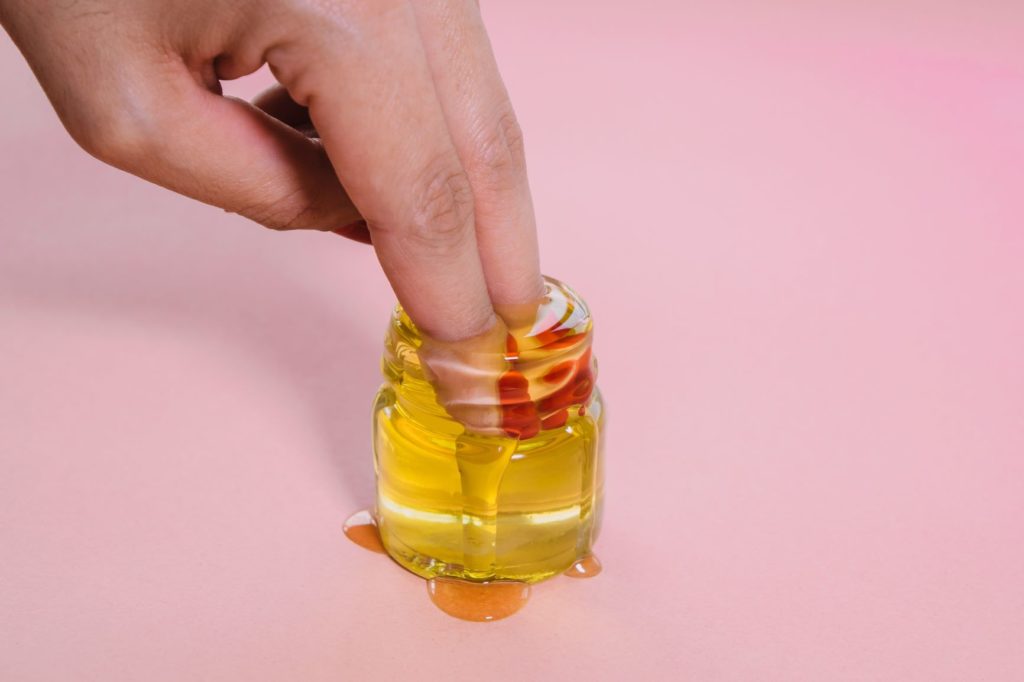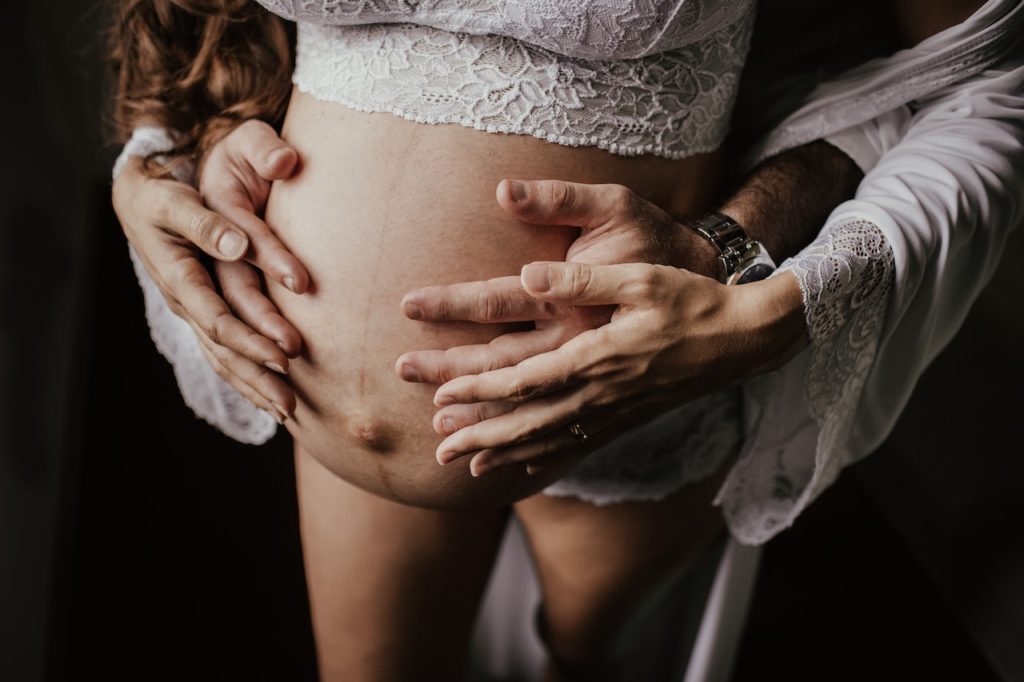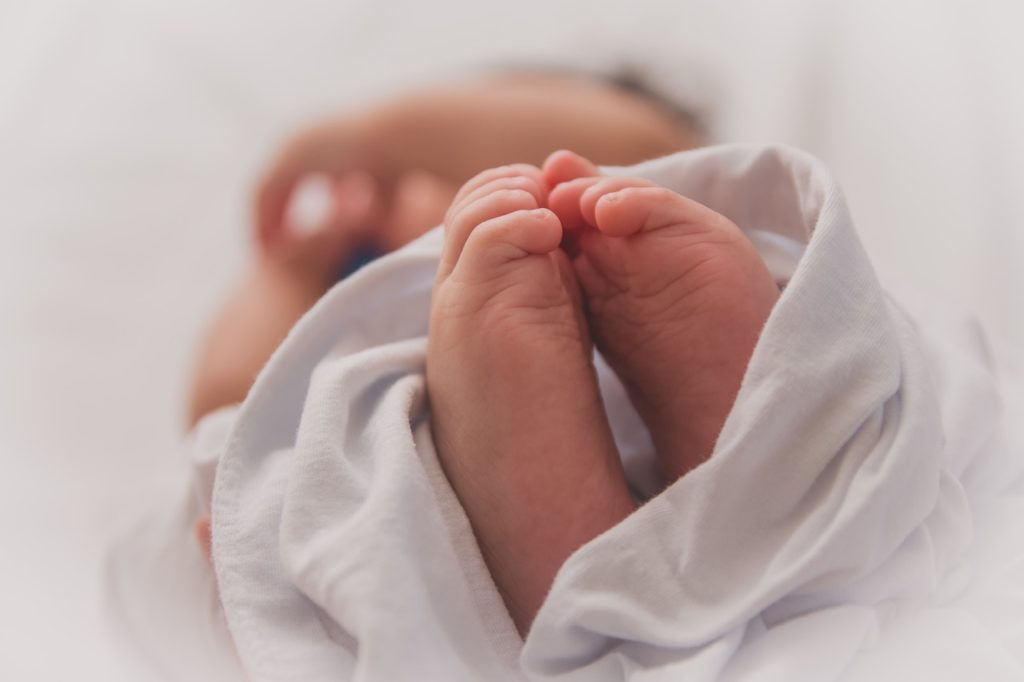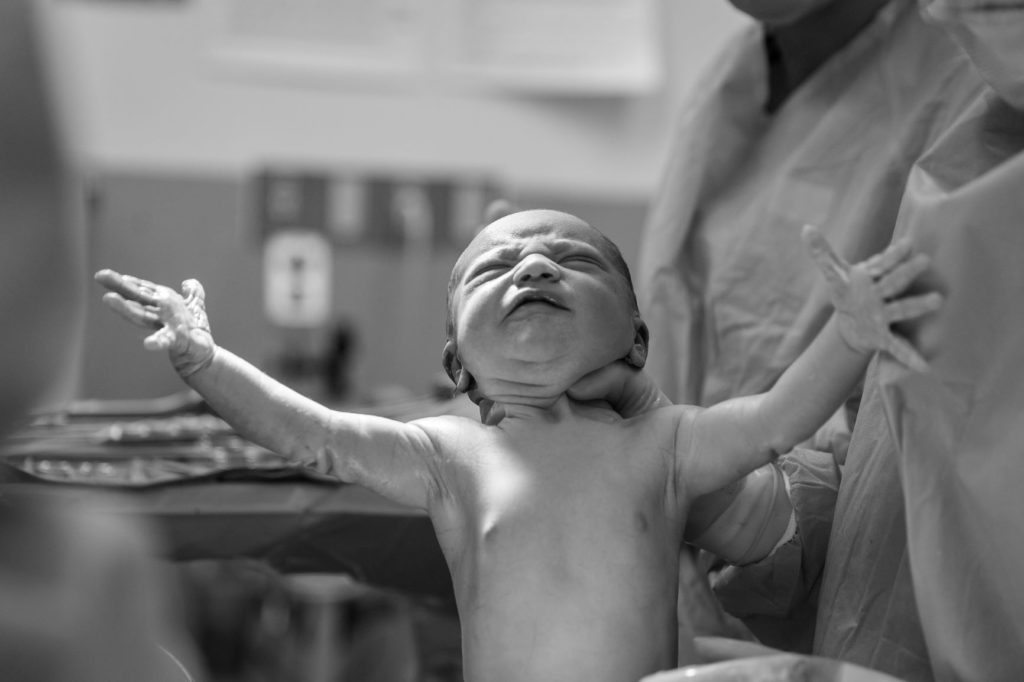
CRITICAL HEALTH & SAFETY DISCLAIMER
mothernity.co.uk is a platform for informational and educational purposes only. This content is based on general research and experienced parent insight and is NOT a substitute for professional medical advice, diagnosis, or treatment. Always seek the advice of your qualified healthcare provider (GP, midwife, or consultant) with any questions you may have regarding a medical condition or before making changes to your health plan or treatments. Never disregard professional medical advice or delay seeking it because of something you have read here.
During a vaginal birth, there is a significant risk of experiencing a vaginal tear. About 9 out of 10 women will encounter some form of tearing or might even undergo an episiotomy. Genetics largely contribute to these risks, but the position of your baby during delivery can also influence the likelihood. An episiotomy is a surgical incision made to the vagina to expedite delivery and prevent tears. Whether it’s a tear or an episiotomy, you might face pain and discomfort for up to 3 months after giving birth.
The good news is that there are preventive measures you can take to lower the chances of a tear or episiotomy.
What is the perineum?
The perineum refers to the skin and muscle region between your vagina and anus. This area is prone to tearing during childbirth due to the pressure exerted during the birthing process.
How can I avoid tearing?
For first-time pregnancies, planning a natural delivery, massaging the perineum in the final weeks can help decrease the risk of needing an episiotomy. Several studies have shown that perineal massage effectively reduces the likelihood of more severe types of tears. Even if you’ve given birth before, perineal massage can alleviate discomfort during childbirth, making it a valuable practice to consider.
How can I perform perineal massage?
Begin around 34 weeks of pregnancy and aim to do it at least three times a week, each session lasting about 5 minutes. You can do this on your own or have your partner assist you. Ensure that the massage doesn’t cause pain or a burning sensation. Here’s how to proceed:
- Clean your hands, and keep your nails trimmed.
- Find a comfortable position.
- Apply oil to your fingers and the perineal area. Suitable oils include grapeseed oil, vitamin E oil, coconut oil, and sunflower oil.
- Place your thumbs inside the vagina and your index fingers on the skin of the perineum. Gently stretch the skin by pressing your fingers in a U-shaped motion.
Remember to continue doing your pelvic floor exercises, as they also contribute to reducing the risk of tearing.



